When Black Lives Matter protests first erupted in early June some claimed it was a Marxist front group exploiting the grievances of African Americans. Initially that seemed a little fanciful but BLM organisers have since repeatedly said the goal is communism, so points, I suppose, for candour.
America has faced this menace twice before. Many are familiar with the violent uprisings in the late 1960s and early 1970s. One positive of Obama’s presidency was that investigation of his past uncovered disturbing links with the Weather Underground. A new generation learnt their story.
The Weather Underground were extreme Marxists who, for a period, were the top dogs in the anti-Vietnam war protest movement but then ditched conventional agitation in favour of direct action. They issued a declaration of war against America and launched a bombing campaign (including attacks on Congress and the Pentagon). They drew up plans for gulags to liquidate 30 million ‘capitalists’.
Fewer, however, are familiar with what happened half a century earlier – the First Red Scare (1919-1920).
The History Channel ranks Karl Marx as the eighth most influential person of the past millennium but when he died in 1883 only a dozen people attended his funeral. Marx’s life was that of an intellectual churning out endless writings, when not busy arguing with those on the hard Left. Central to Marx’s thesis was society must first endure capitalism before workers will rise up so feudal Russia was ignored. Marx assumed the revolution would kick off in Germany, Britain or America.
For a while, American Marxists believed they were on a roll. Eugene Debs was a quarrelsome trade unionist who was jailed during a bitter nationwide railway strike in 1894. In jail, Debs read Das Kapital and decades later his obituary noted ‘he read it slowly eagerly, ravenously’. Marx was a philosopher, but Debs (like Lenin) was not – he was an activist utterly dedicated to the revolution.
Debs founded the Socialist Party of America and ran for president in 1900 receiving 0.6 per cent of the vote. He kept running for president and his vote kept growing. Debs didn’t believe in democratic elections but running for president was great PR.
At the 1912 presidential election Debs won 6 per cent which was alarming since he, unlike Bernie Sanders, was honest about his intentions: ‘The Socialist Party is not a reform party! It proposes to abolish the capitalist system to transfer from private hands all the means of production and distribution and turn them over to the people in their collective capacity.’ In the same year over 40 cities had elected a Socialist Party mayor plus the party had two members of the House of Representatives. When state congresses and city councils are included, the party had over 1,000 elected officials.
With most distracted by World War I, Marxists everywhere (including a young John Curtin) were giddy. The endless bloodbath was proof of capitalist failure and the carnage surely made the workers ripe for revolution. And then the comrades in Russia actually did it! Debs was thrilled writing: ‘Lenin and Trotsky are setting the heroic example for worldwide emulation. Let us, like them, scorn and repudiate the cowardly compromisers within our own ranks, challenge and defy the robber-class power, and fight it out to victory or death! I am Bolshevik.’ Lenin returned the love, writing in his Letter to the American Worker: ‘Debs is the most beloved leader of the American proletariat.’
So with hopes high, the American commies struck. In February 1919, a hundred unions in Seattle went on strike announcing, ‘We are undertaking the most tremendous move ever made by labour in this country!’ Seattle was paralysed. The national press saying it is ‘only a middling step from Petrograd to Seattle.’
That strike didn’t last a week but the overt Marxism of its leaders rattled America. Seattle’s horrified mayor toured the nation warning of ‘Americanism and Bolshevism.’ Congress appointed a sub-committee to investigate ‘any efforts being made to propagate the principles of any party exercising any authority in Russia’ and ‘any effort to incite the overthrow of the government.’
A few months later, 36 sticks of dynamite were mailed to politicians, editors, businessmen and intelligence agents. Most were intercepted before they could detonate but several were injured. Weeks later, nine larger bombs exploded in eight cities destroying homes and killing two. Accompanying the bombs was a message: ‘War, class war, and you were the first to wage it under the cover of the powerful institutions you call order… there will have to be bloodshed because it is necessary; we will destroy to rid the world of your tyrannical institutions.’
May Day, 1919 saw the first street violence between socialists and police across several cities. Coinciding with this leftist violence was the first episode of racial violence which saw African Americans organise and fight back – 38 died in Chicago and 15 in DC. The Marxists actively tried to co-opt African Americans. The New York Times on 28 July, 1919 reported: ‘Reds Try to Stir Negros to Revolt; Widespread Propaganda on Foot Urging Them to Join IWW and Left-Wing Socialists.’ But the African Americans of this era were disinterested in Marxism and its militant atheism.
The violence peaked in September 1920 when Wall Street was bombed injuring hundreds and killing 38. That fatality count was not in the league of 9/11, but 38 dead bodies in the capitalist engine room rocked America.
Two months later, voters elected Republican Warren Harding who campaigned on a ‘Return to Normality’.Harding won 60.3 per cent to the Democrats 34.1 per cent – the largest ever vote margin. During that campaign, Debs was imprisoned yet still ran for president, but received only around half his 1912 tally. As usual, the commies bitterly split and in the 1924 election received a combined 0.26 per cent. The uprising failed.
50 years later the Marxists tried again. This time they did establish closer links with radical African Americans (the Black Panthers were explicitly Marxist) but in 1968, the year that saw violence peak, America voted for Richard Nixon and the violence began trending down. After Nixon’s 1972 landslide re-election the uprising (again) was over.
The hard left attempting revolution is not new. Marxists exploiting African American poverty is not new. This ugly phenomenon does however peter out because the nuttiness eventually disillusions too many of their own people. The masses not only fail to man the barricades – they vote Republican.
Got something to add? Join the discussion and comment below.
Get 10 issues for just $10
Subscribe to The Spectator Australia today for the next 10 magazine issues, plus full online access, for just $10.
You might disagree with half of it, but you’ll enjoy reading all of it. Try your first month for free, then just $2 a week for the remainder of your first year.

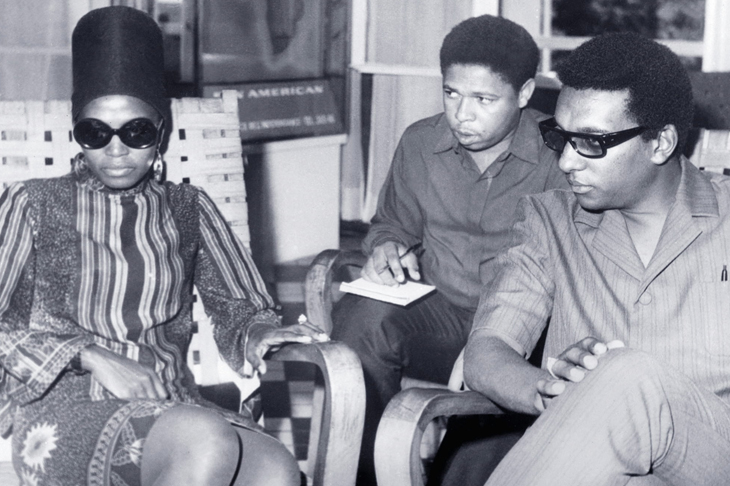
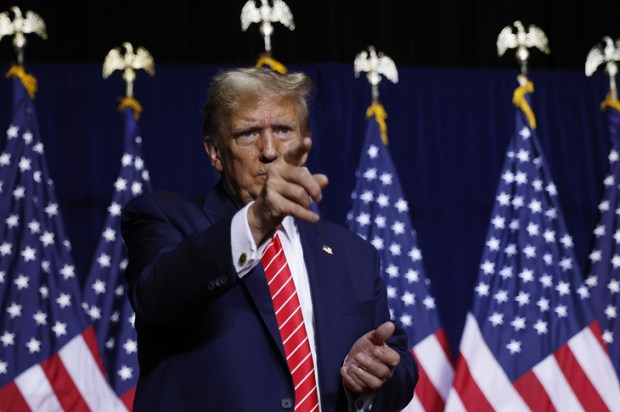
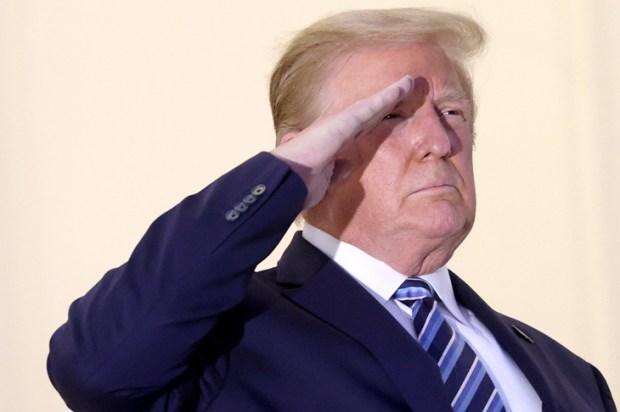
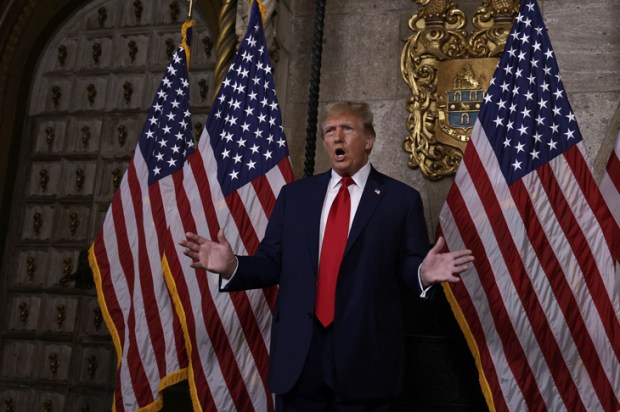
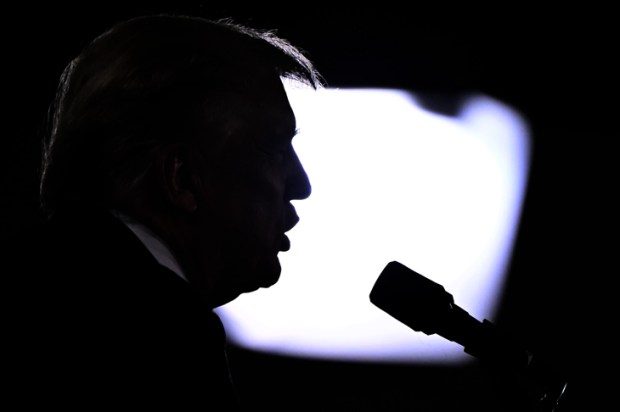








Comments
Don't miss out
Join the conversation with other Spectator Australia readers. Subscribe to leave a comment.
SUBSCRIBEAlready a subscriber? Log in